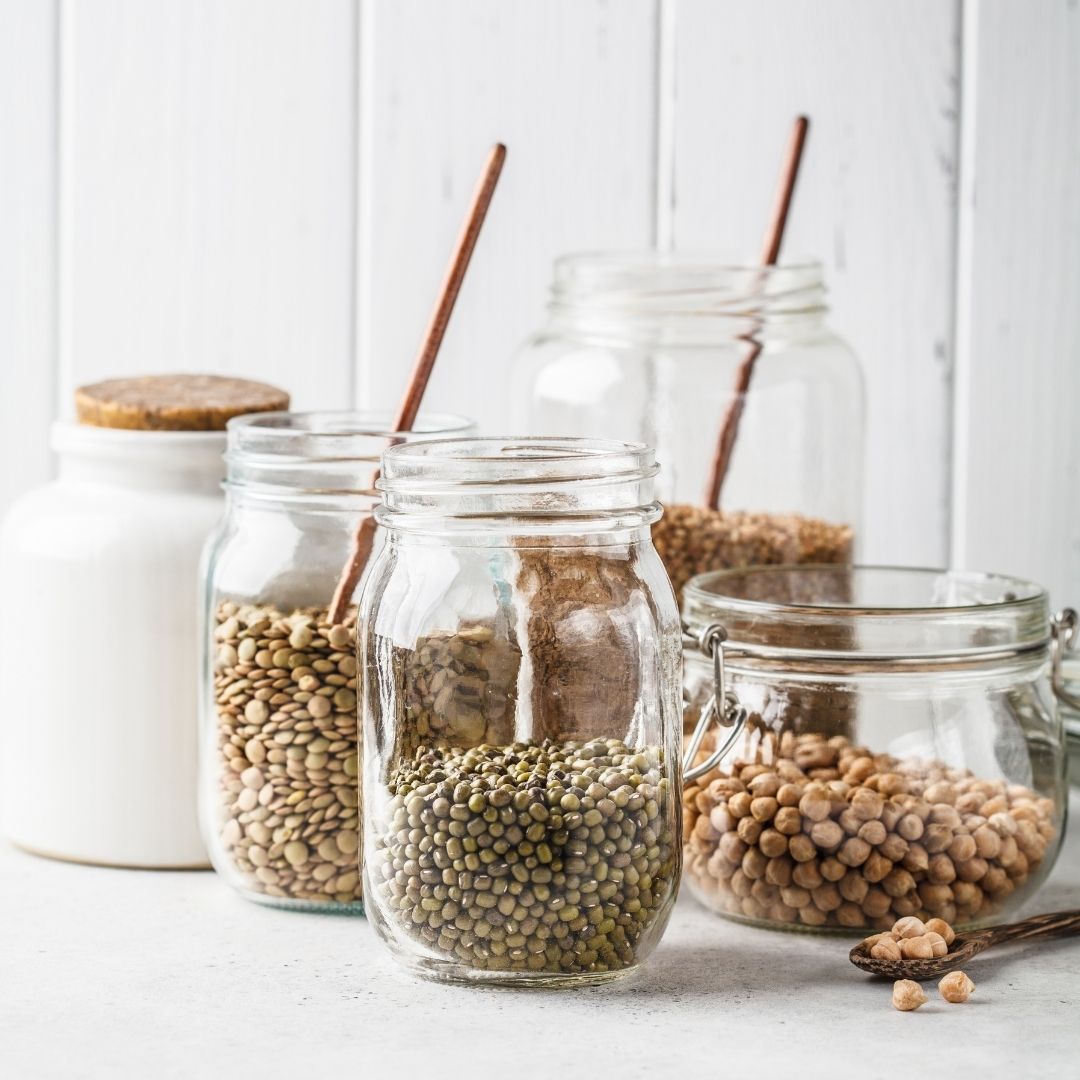Part of the difficulty is the lack of recipes for two. Usually, there’s a recipe you’d love to try, but it's for 4-6 servings. Or you need to buy groceries and succumb to the fact that the family packs are less expensive Realistically, however, when you are a family of two you simply cannot eat all that.
Unless you throw a neighborhood-wide dinner party, you’re looking at either an awful lot of leftovers (which can get boring if you’re not sure how to mix it up) or food goes bad and then you throw it out. Given the amount of food that’s wasted in this country anything that contributes to food waste is a shame. So here are a few quick tips on cooking for two.
Have a plan
While not always “fun”, planning is a good way to ensure you have the amount of food you need without wasting food, money, or energy. When you plan your meals ahead of time (and make a shopping list that shows portion sizes), you’ll be more on top of your grocery game.
Before you go to the grocery store, be sure to check your pantry, fridge and freezer. This helps you avoid buying extras of things you already have. It also helps you plan for what you already have on hand that can be incorporated into your meal plan. For example, if you’ve got some leftover chicken maybe it’s time to make a pot pie. Or if you have extra eggs, you may want to make a quiche or a frittata.
Talk to the butcher
Often when you buy the larger package, it has a lower cost. But that’s not always efficient or reasonable for a smaller size family. Fortunately, there is an option. If the roast, or some other portion is too big you can ask the people at the meat counter to cut it down for you. I’ve often used this tip to purchase post-Thanksgiving turkeys. I get them to cut it in half for me which is much easier for us to handle once we’re not hosting a crowd for the holidays. In my experience, many grocer stores are willing to do this.
If you are purchasing a large package of already cut-up meats, such as chicken parts, simply repackage it into smaller portions and freeze the extra for another meal. Or use the Fast Fun Freezer meal strategy and prep the extra portions to have a ready-to-cook meal in the freezer.
Making adjustments
Although many recipes are written for a larger number of servings, it’s fairly easy to adjust it for a smaller number. If it’s for six servings you can divide by three to get two servings. While it may not be easy to divide some recipes, especially baked goods, you can always plan ahead and freeze for future use.
Making a meal for six that is too difficult to scale to size can actually be a meal-prep strategy. Simply package up the extra into two-portion servings and freeze. That way you’ll have meals ready for those nights when you don’t feel like cooking.
Freezing tips:
- Make sure everything is cool before you freeze it. This is to avoid extra heat and moisture which can contribute to freezer burn. It is especially important for baked goods.
- Use freezer-safe storage containers, I prefer glass or silicon. Make sure to fill the container full enough that there is no extra space. This also helps prevent freezer burn.
- Label everything before you put it in the freezer. You may think you’ll know what it is. But when that lumpy, unclear container resurfaces months later you may be looking at a case of Mystery Meal Dinner Theater. Write down what it is, when you made it, and how many servings are in the container.
- Most frozen dinners will thaw reasonably well if put into the fridge the night before you want to reheat and serve them.
Leftover creativity
Creative use of leftovers is one of the best ways to use what you’ve got, stretch your food budget, and reduce food fatigue
- Leftovers can be a great way to have a delicious, money saving lunch
- Have dinner for breakfast, nothing says breakfast has to come from a box, be a high carb meal, or always be eggs and bacon
- Instead of putting individual leftovers in individual containers make your own “TV” dinner by packing a meal in a container and then freezing that
- Consider becoming “leftover buddies” with a friend
- Make a plan for sequential meals, ideas include:
- Cook a chicken and then use the leftover meat for pot pie, enchiladas, chicken salad, etc
- Cook a roast and use the leftover meat to make hash, tacos, or stew, etc
- Combine different leftovers to make soup (be mindful of seasoning and how well they will or won’t go together)
Review and re-evaluate
As you build your grocery list take time to look back at your last menu plan. What recipes worked? Which ones didn’t? Were there some you really liked or that need to be adjusted further? When you put time and effort into being mindful about your meal planning it becomes easier to downshift to a more comfortable strategy that will work for a smaller household.
Cooking for two doesn’t have to cost a lot and doesn’t need to be complicated. A little creativity, combined with some organization can help you continue to have delicious meals without worry about the number of portions or food waste.








